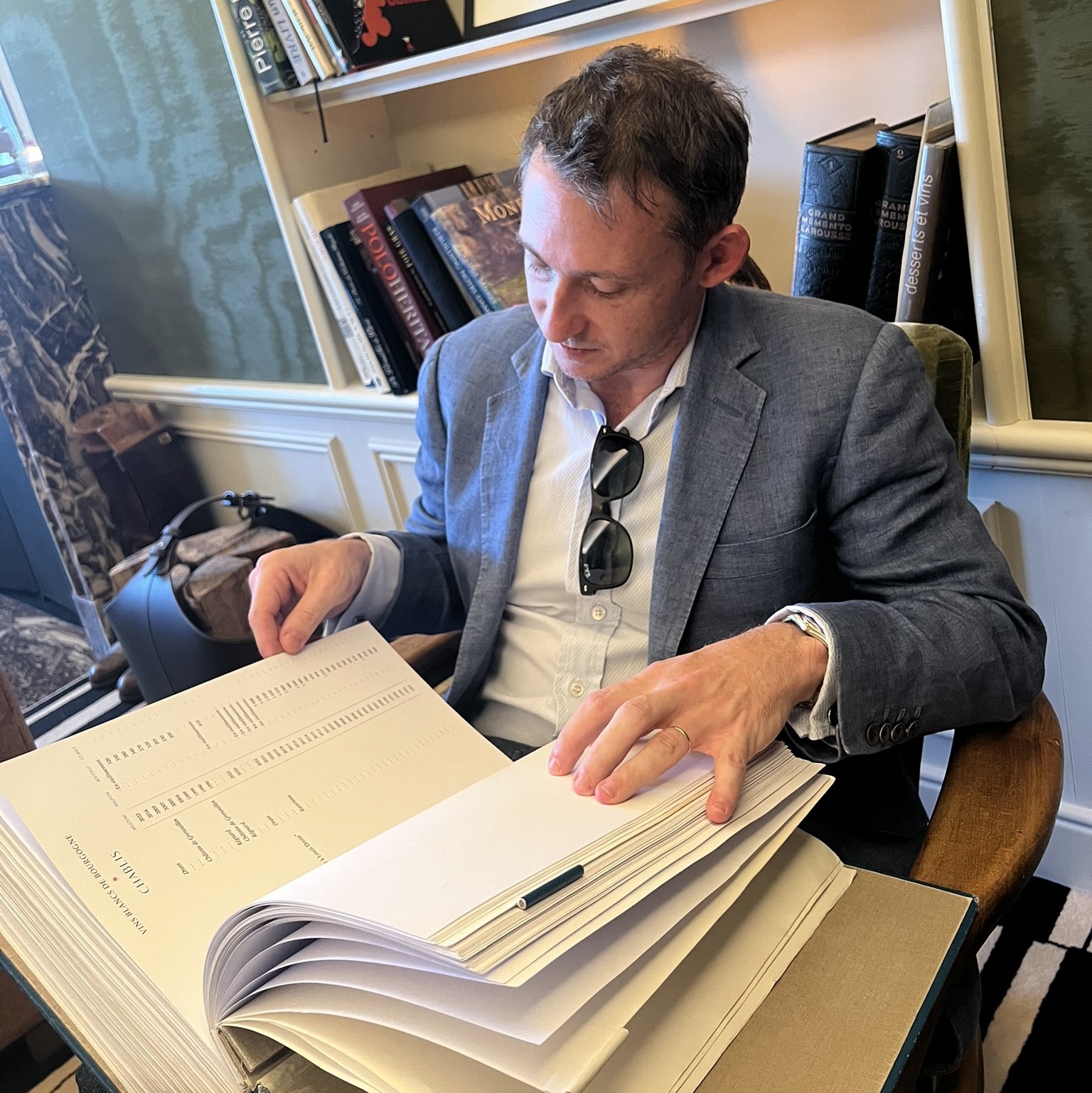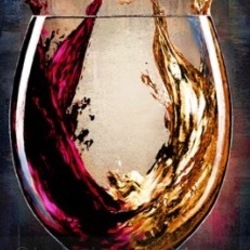The Happy Medium
Château Léoville-Las Cases
Grand Vin de Leoville du Marquis de las Cases Saint-Julien Red Bordeaux Blend 2009
2 hour decant. A marvelous medium garnet color (decent fine sediment). On the nose: dark berries, cassis, forest floor, sandalwood, pencil shavings, chocolate, and cigar box. Taste: layered, balanced, still young wine with dark cherry/plum, cedar, dark chocolate, charcoal, and a lingering tobacco/leather finish. YUM! No hurry, a long distance Las Cases. — 20 days ago

Château Cos d'Estournel
Saint-Estèphe Red Bordeaux Blend 1982
Popped and poured; enjoyed from red Solo cups over the course of a few hours. This bottle of the 1982 showed very well today. It pours a deep garnet color with a near opaque core; medium viscosity with moderate staining of the tears and fine sediment. On the nose, the wine is vinous with beautiful notes of black currants, black plum, mixed brambles, tobacco, some green pepper, graphite, leather, earth, and soft warm spices. On the palate, the wine is dry with medium+ tannin (integrated) and medium+ acid. Confirming the notes from the nose. The finish is long. 1982: the vintage that keeps on giving. Drink now through 2042+. — 2 months ago
Château Pontet-Canet
Pauillac Red Bordeaux Blend 2010
2010 vintage. Decanted and tasted after 30 minutes and 1.5 hours. Light-medium/medium body. Silky, supple and supremely beautiful-for Bordeaux. Beautiful closure on a lengthy finish. So much attention to detail without it being overtly obvious. Exceptional beauty and a fave, cutting edge BDX producer-along with Durfort-Vivens in Margaux to taste the possibilities of the region. For Pauillac, nearly as gorgeous as Pichon-Lalande...a very close second. This was so stunning. 12.5.25. — 21 days ago
G.D. Vajra
Albe Barolo Nebbiolo 2021
Really liked this but dont agree with reviews that it was heavy. In fact I found it medium bodied. A little high alcohol. Nice bite. — 19 days ago
Dom Pérignon
Brut Champagne Blend 1996
Medium lemon , hints of gold , quite a healthy colour with fine pretty persistent bubbles still . This quite intense with candied lemon peel , brioche , oyster shells , touch of porcini . On the palate this is intense ,with good volume and vibrant acidity. Buttered brioche , oyster shell , candied orange and lemon peel . Really quite lovely and intense , long and toasted brioche , chalky finish . This is at peak now , but no rush from here over the next 5 perhaps 10 years . — 2 months ago
Marchesi Antinori
Tignanello Toscana Super Tuscan Blend 2014
Deep, elegant Super Tuscan now firmly in its tertiary phase. Nose leans more to leather, tobacco, dried herbs and balsamic notes, with the red cherry and plum fruit clearly in the background. Medium‑plus body and acidity, fine chalky tannins; savoury flavours of dried red fruit, cedar and spice carry through on a long, resolved finish. Showing peak complexity today and unlikely to improve further with cellaring, so firmly in the drink‑now camp. — 16 hours ago
Château Lynch-Bages
Grand Cru Classé Pauillac Cabernet Sauvignon Blend 1990
Medium ruby garnet, quite thin garnet terracotta rim . Quite rich , with ripe red fruits , some tobacco , warm spiciness , cigar box , ripe cassis , sous bois , after a while touch of coffee. On the palate this also shows good roundness with ripe red and dark fruits, cassis , red plum , grafite , touch of earthiness . Balanced acidity and rounded sweet tannin . Quite juicy with a grafite edged finish . Pretty good length. This is at peak now . For now and over the next 5 -8 years. Quite generous and showy , ripe but balanced, a good showing. — 2 months ago










KP
Velvety from start to finish. Oak forward. Blackberry and vanilla notes. Long finish. Medium tannins. Low acidity — 19 hours ago